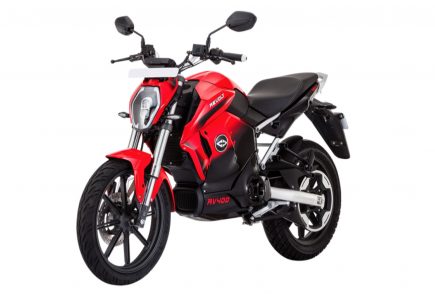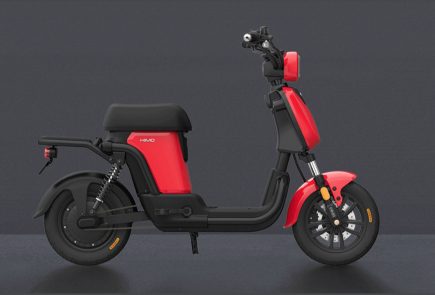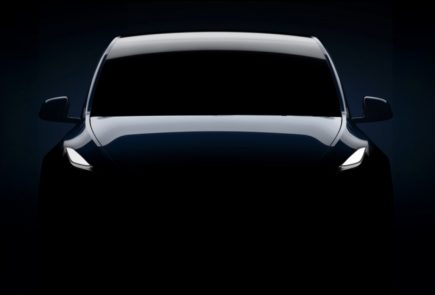Supersonic Jet, Boom, Will be The First After Concorde Was Grounded in 2003
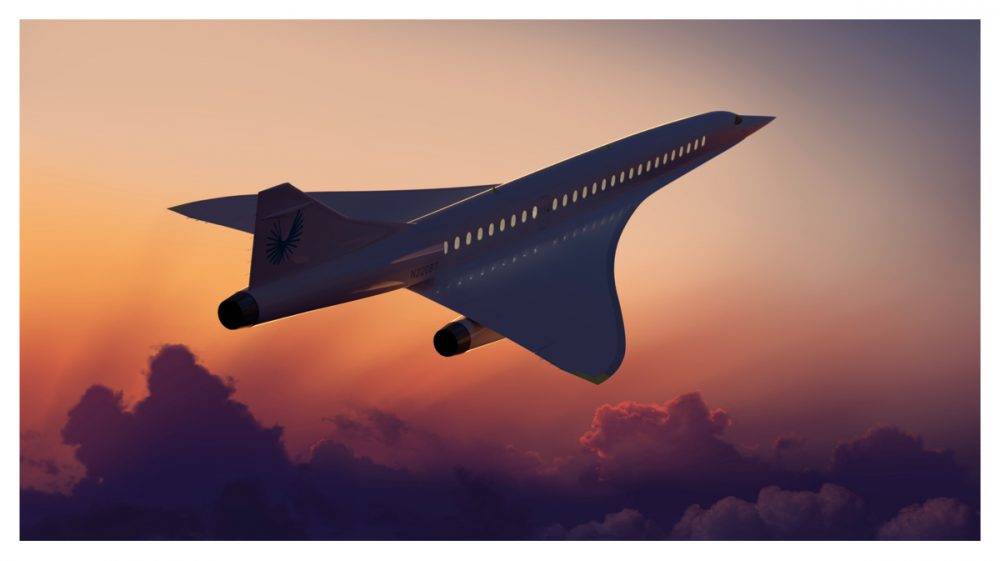
Technology as we know it always moves forward but in one single case, humankind moved back. We are of course talking about supersonic travel. After a 30 year run, the famous (or infamous) Concorde was retired in 2003 and with that the hopes and dreams of supersonic passenger air travel was parked indefinitely.
But in the recent past, many companies have rekindled that dream and have started working on making supersonic jets that can ferry passengers at or above the speed of sound! While many companies have started to work on this, Boom Technology has shown the most promise in terms of creating a mainstream supersonic airliner, which is practical, reliable, and economic.
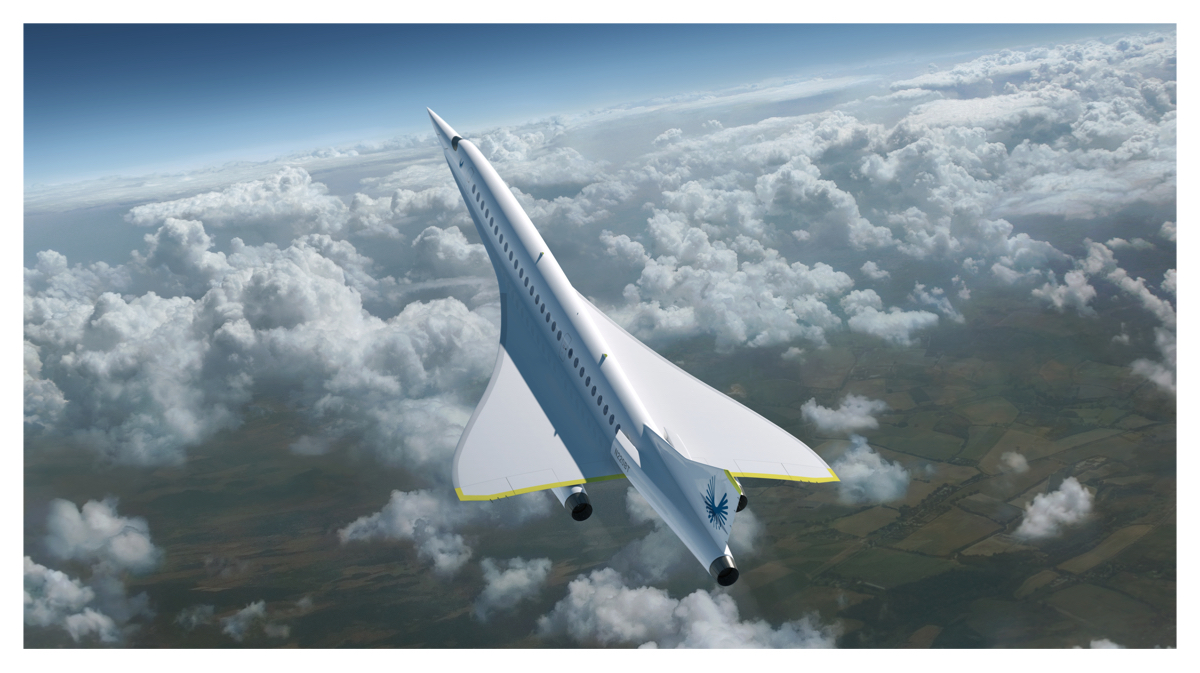
The American startup had, with the backing of Richard Branson and Virgin, announced that they will turn the supersonic air travel into a reality again from just an engineering concept. The Boom Supersonic will fly at a speed of Mach 2.2 which is 1,300 kn or 2,300 km/h. To put things into perspective, a normal jet such as a Boeing 737 has a speed of approximately 938 km/h.
Why Concorde Failed
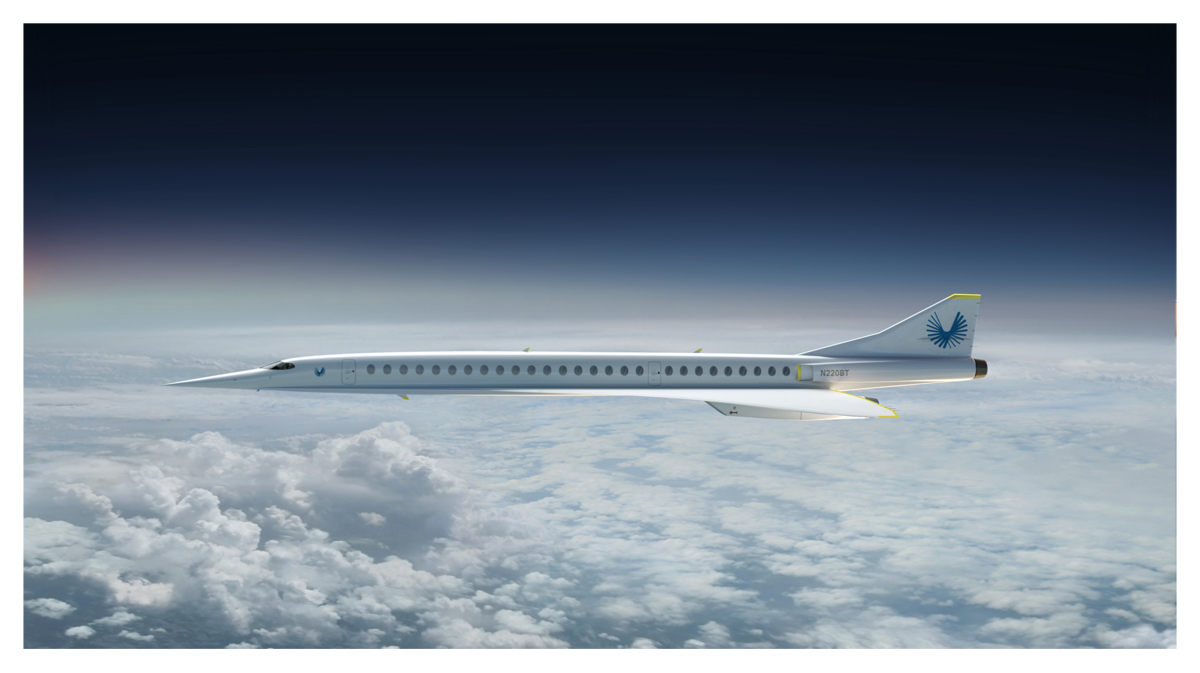
There were two broad reasons for Concorde’s failure, and ultimately demise. One of the main reason was the fact that supersonic travel was not economic and the second was a horrible plane crash that gave the concord a lot of bad press. There were reports of metal parts of the Concorde bending out of shape due to the high stress faced during flight, which had caused the crash.
These aircraft were plying very frequently between routes connecting the busy cities such as London and New York.
After the launch of Concorde, many aerospace journalists completely wrote off the Concorde as an expensive experiment. They reported that it was too small, too noisy and too expensive to operate. But there was a time when the demand was so high that British Airways hiked prices to match the higher price expectations of the passengers. Concorde was running at a profit!
However, in April 2003, both Air France and British Airways simultaneously announced they would retire Concorde.
So What Happened?
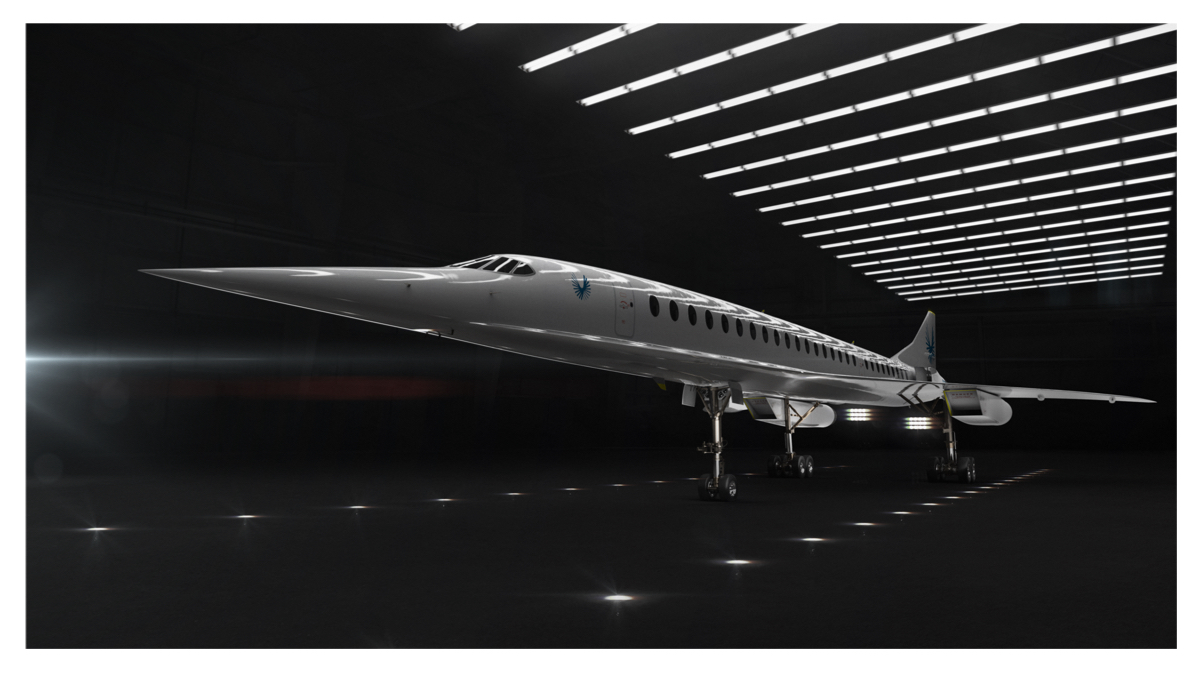
Why was an Airplane which was running in profits suddenly face retirement?
The Concorde planes which were built in the 1970’s, consumed huge amounts of fuel. These planes were becoming expensive to maintain and an overhaul was suggested. However, according to a British Airways executive, in 2003 the estimated bill was up to £40 million for an overhaul.
The failing economy did not help either, thus having to reduce prices on business travel. It was becoming extremely hard to break even as passengers started to value their money more than time (that they save by supersonic travel). The sound of the supersonic jets were also another issue the companies couldn’t tackle. The extreme sonic boom that hurls the jet into supersonic speeds made the planes un-flyable in populated areas.
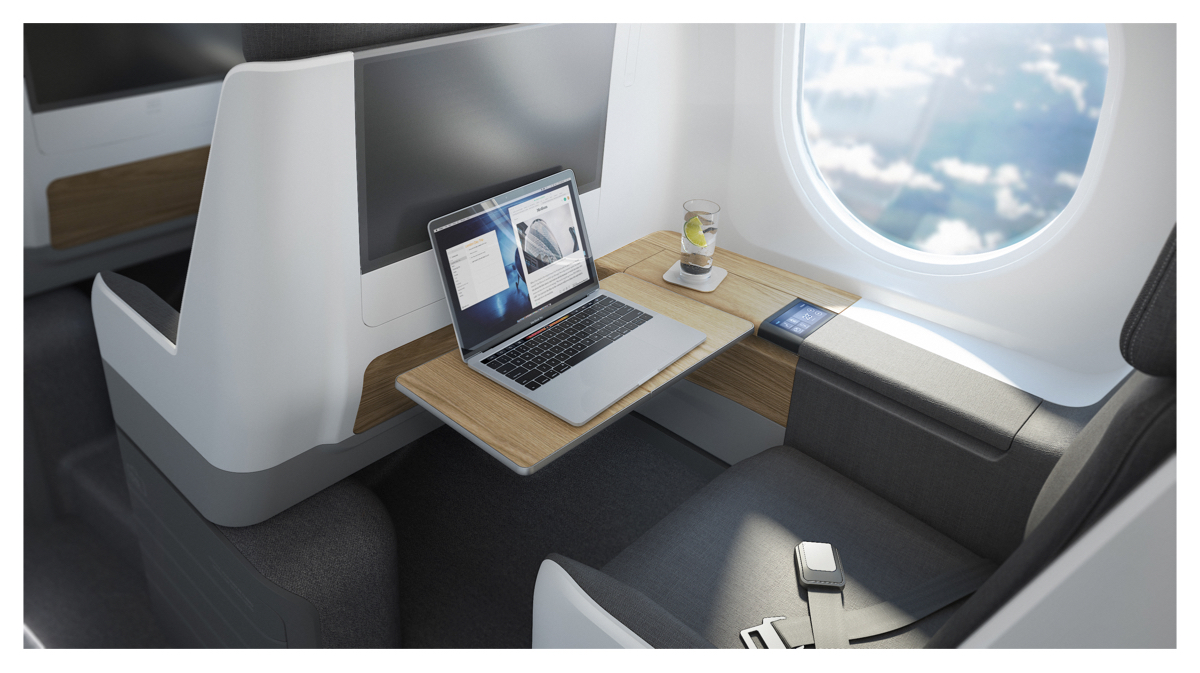
Boom has however said that it expects its supersonic boom to be “at least 30 times quieter than Concorde’s”. This has been made possible due to the advancement in technology over the years. The second major hurdle that Concorde faced which became the final nail in it’s coffin was a massive plane crash.
The Plane Crash
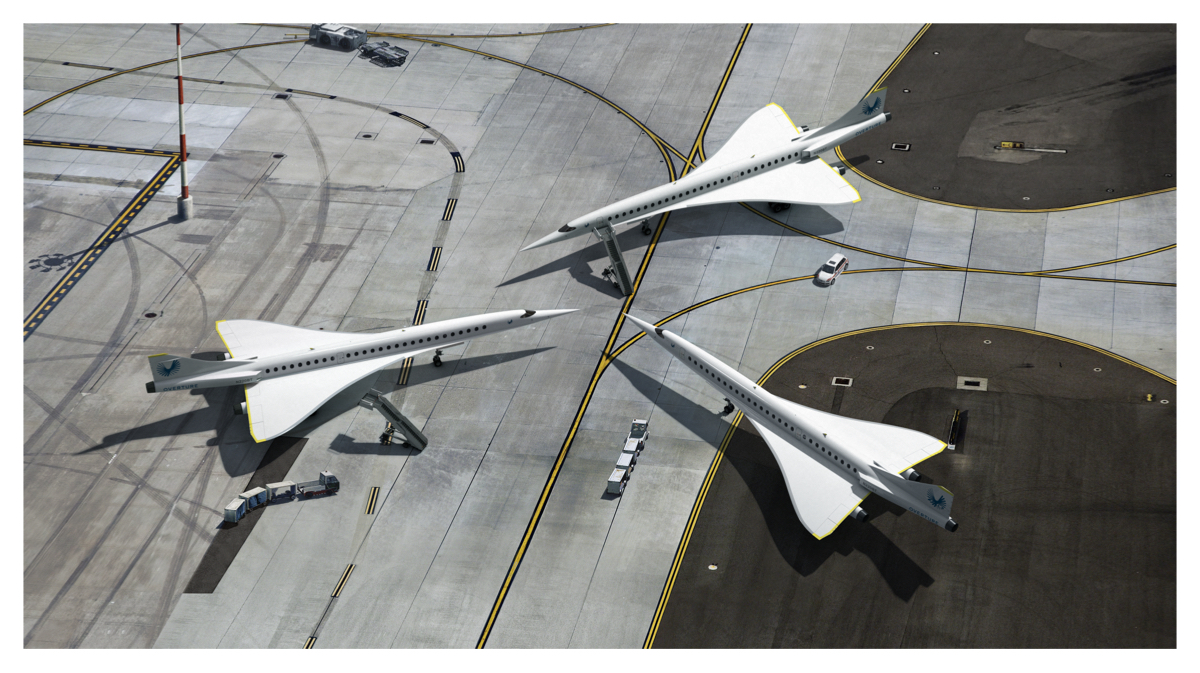
The 4590 Air France flight was an international charter flight from Paris to New York City on the Aérospatiale-BAC Concorde. The flight had 100 passengers. It crashed shortly after take-off as the plane ran over debris left by another aircraft on the runway, which blew a tyre which in turn punctured the fuel tank. The plane crashed into a nearby hotel killing all 100 passengers and nine crew along with 4 people in the hotel. This crash happened on 25 July 2000, just 3 years before the retirement of Concorde.
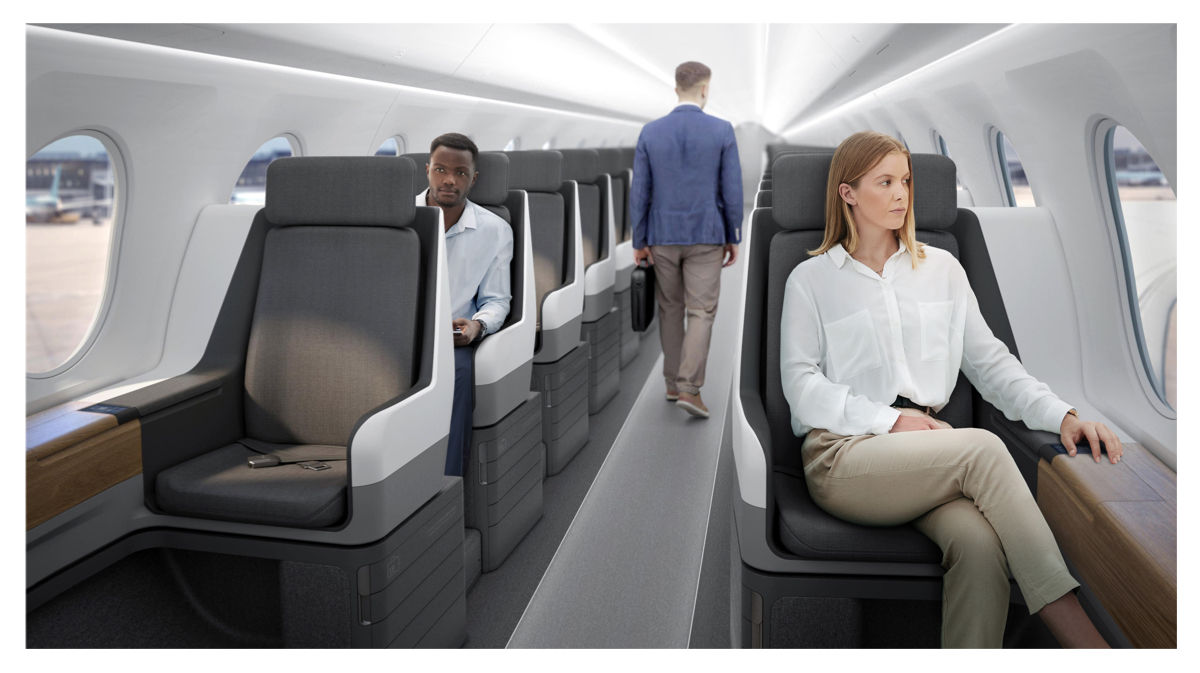
After the crash, it was reported that the passenger count for supersonic travel reduced significantly. This was due to the fact that people started to consider supersonic travel unsafe. All Concordes were grounded, pending an investigation into the cause of the crash and possible remedies. Commercial service was resumed in November 2001. This came after a £17m safety improvement service but only survived for two more years after that.
Present And Future Of Supersonic Travel
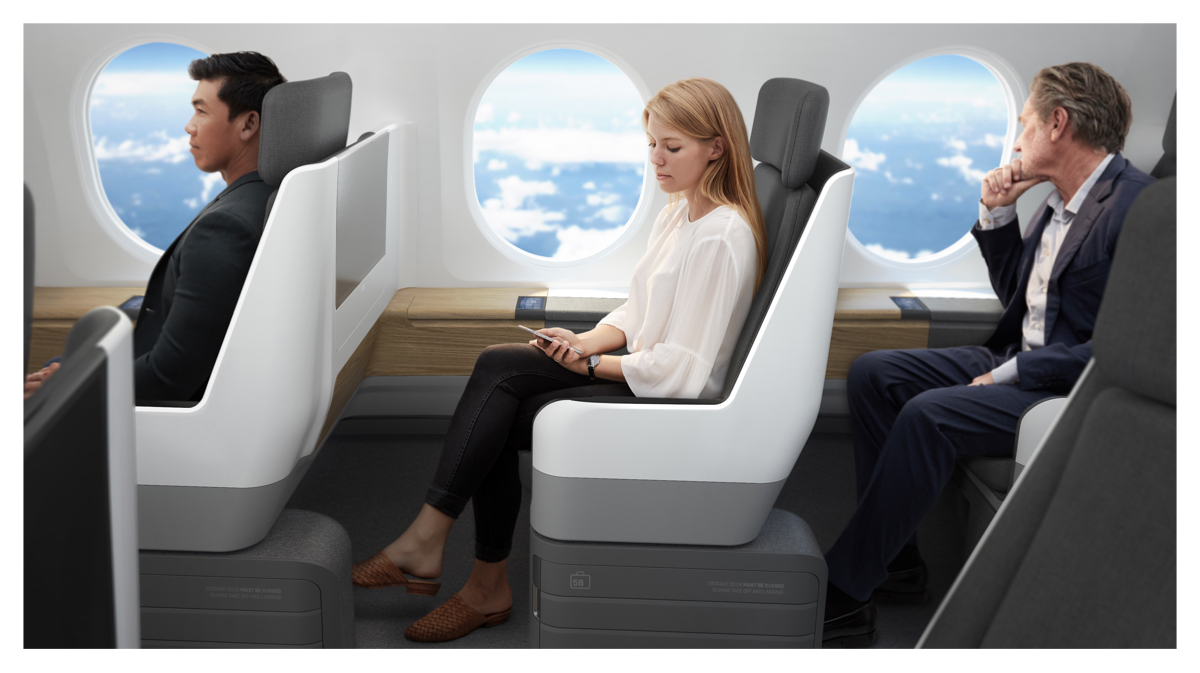
Cut to present, the technology has improved drastically, flight travel is safer than ever and demands are high. With companies like Boom Technologies being backed by big names such as Virgin and Japan Airlines (JAL) commercially viable supersonic flights don’t look to be too far away. The full-size Boom, which would carry up to 55 passengers is targeted for tests in 2020. It will have an all-business-class configuration.
The company will first build the “Baby Boom”, a prototype of the full size Boom airplane that will eventually take passengers supersonic.

















